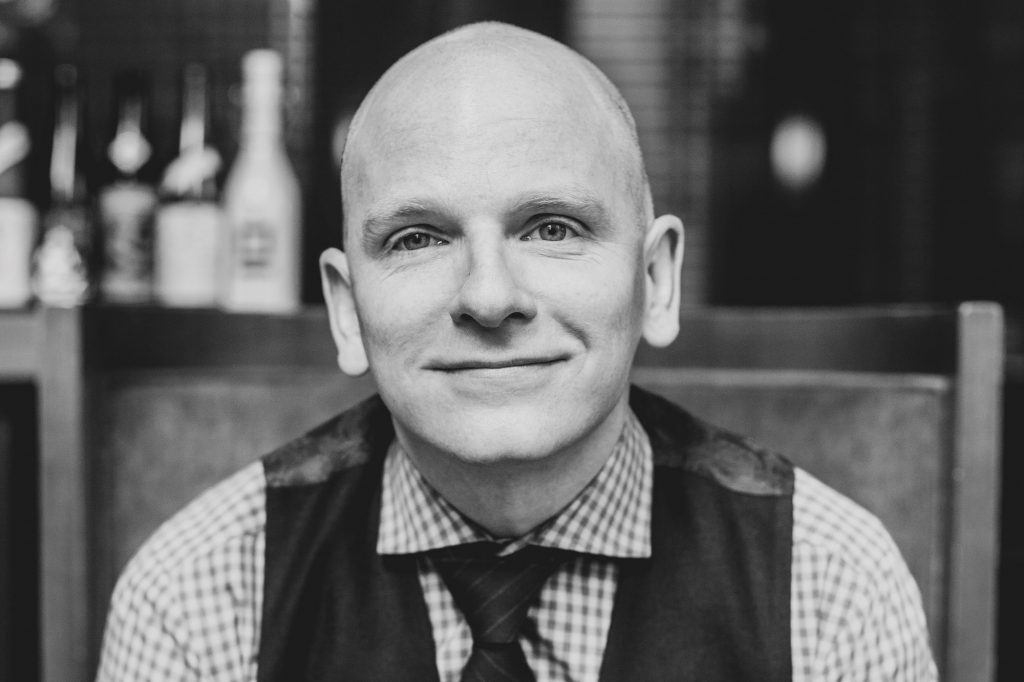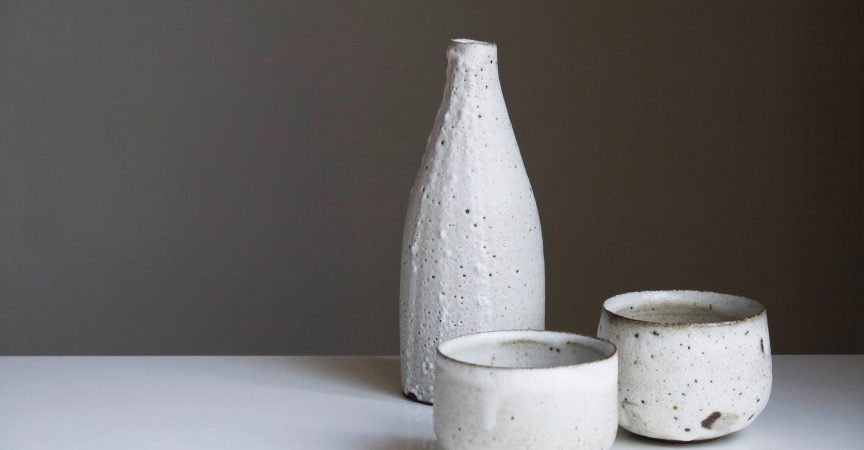In Conversation with Sake Samurai Michael Tremblay
Michael Tremblay was recently awarded the distinction of Sake Samurai. He is one of approximately 70 in the world. He claims it’s not something he normally talks about, but now that he has the distinction, he doesn’t have to go into as much detail about his past credentials!
Every year, the Sake Samurai association travels the world nominating sake experts doing great things.
“I went to Kyoto, where I had to dress in a formal kimono for the purification ceremony. This is something very few non-Japanese and Japanese people get to experience. It was very surreal,” he says. He also visited a 1,500-year-old shrine as part of the ceremony. “I became the first Canadian (there was one other inducted from Vancouver) to be inducted into Sake Samurai.” Michael is the ambassador for Ontario, and his job, according to him, is simply to promote and celebrate sake. “I’m starting to mention it more because it gets customers talking. It sounds really badass in a way,” says Tremblay.
Most of the time, Tremblay can be found at Ki Modern Japanese + Bar in Toronto. “When we were planning on going from our list of 25 sakes to 70, my boss and I sat down and spoke about how we would get there. We are a 250-300 seat restaurant with 50 front of house staff.” Then, Tremblay had his staff completing a sake course. “The whole idea was that if I’m not present, there would always be an employee there who has a knowledge of sake. We now have about 12 certified staff,” Tremblay boasts. “We have a program where one or two seminars are taught a month, where you learn how to pair sakes and what compliments certain kinds of sake. My staff gets excited about it. I want my staff to keep learning. That is the benefit of working with a restaurant that supports education. It was important to create a culture where you’re not in sake school, but where you learn food ingredients, foods to pair with sake, etc.”
At the restaurant, Tremblay describes a
plethora of Japanese beers and whiskey, which are “great to have.” But, he
says, that a complex list of offerings can leave your guests lost. With
Japanese cuisines and beverages, Tremblay reminds us that not everyone has been
to Japan. Which makes it beneficial to teach staff as much about these
products, where they come from, why they were developed as they were developed,
and not just memorizing definitions.

“Anytime someone orders sake, I always ask them if they have had it before. I try to relax them so that they are not afraid to ask questions…I had two guests come in, and I started presenting cards about sake.” Tremblay and his staff then turn to the backs of these cards where he includes a map of Japan and where the various sakes are from. Of the two guests that came in, he continues, “A while after coming back to the restaurant, I spoke with them again, and they told me they kept the cards about sake and began being turned on by sake after reading and finding out more information.”P
Sake: the art of enjoyment through understanding
The reason so many people know so little about sake is that there have always been limited amounts of sake available in liquor stores. It is mostly found in specialty shops. But things are starting to change. Tremblay says he could easily have 200 sakes on his list from the amount importers are bringing in.
The shelf life of sake is a year, at most a year and a half, which means that managing the inventory is very important. If creating an aged sake, the creators are the ones aging it. Some are designed to be more rich and earthy. Tremblay says that he personally owns a 24-year-old sake.
Are people afraid to try sake? “I think people are scared of it because, for a long time, the sake you could find was low-grade table sake, only served warm. They would use table rice and add more distilled alcohol. When you warm that up, the alcohol vapours are the only thing noses can pick up. When you consume warm alcohol, you metabolize it faster,” explains Tremblay. Most sakes have about 15 to 17 per cent alcohol, which is more than some wine.
Sake is usually sold by the bottle.
How is sake best served? It depends. Consumers typically drink sake at the temperature they like. The premium sake realm is divided into six grades, and most are best served chilled.
If served warm, flavours can develop on the cereal side such as banana bread and pear. When served gently warmed, if guests are eating steak or a rich fish, warming the sake will bring out that fullness.
The higher grades remove a lot of rice. By removing the fat and protein that surrounds the starch, brewers sometimes can develop flavours such as pineapple, bubble gum and apple. Higher grades tend to be very aromatic because they are created with lower temperature fermentation. In Japan, they have created their own yeast rice strains, which creates even better sake.
The idea is to remind people that sake can be really fun to play around with. The “rules” are less rigid than the structure around conventional red or white wines.
Vessels used for sake: small ceramic cups, wine glasses, crystal glasses, etc. Sake is not fussy.
Did you say “sparkling sake?” Yup. Sparkling sake has only been around for 20 to 30 years in Japan, with creators only recently perfecting sparkling. Some are made with Prosecco, and some are simply carbonated. You can also make high-grade sakes taste delicious in the bottle with secondary fermentation. During the process, when pasteurizing, you kill off yeast and other microorganisms by heating it quickly. This stabilizes the sake so it can be left out at room temperature. When pasteurizing, the C02 that is created by the heating process is reabsorbed, so some C02 can escape. This lends the sake a Vino Verde profile with bubbles, and it is lighter and fresher.
What is the overarching flavour of sake? In terms of flavour, one of Tremblay’s best friends describes sake on the palate as being like “very good coconut water.” It has all kinds of floral and fruity flavours, especially in higher grades. As you develop your sake palate, you’ll begin to sniff and taste out flavours such as melon, apple, green banana, tropical fruit and nuanced rice flavours. The savoury sakes bring out all kinds of cereal and malt flavours, and even fresh herbs.
Sakes that are aged for several years have the profiles of dried fruit like figs. A lot of people think sake is like vodka. It’s nothing of the sort! Vodka and sake are not similar.
Tremblay finds that the majority of Canadians probably prefer lower grade warm sake. A lot of guests at Ki love it, and he loves low grades sometimes also. The warmth brings out a soothing depth of flavour.









